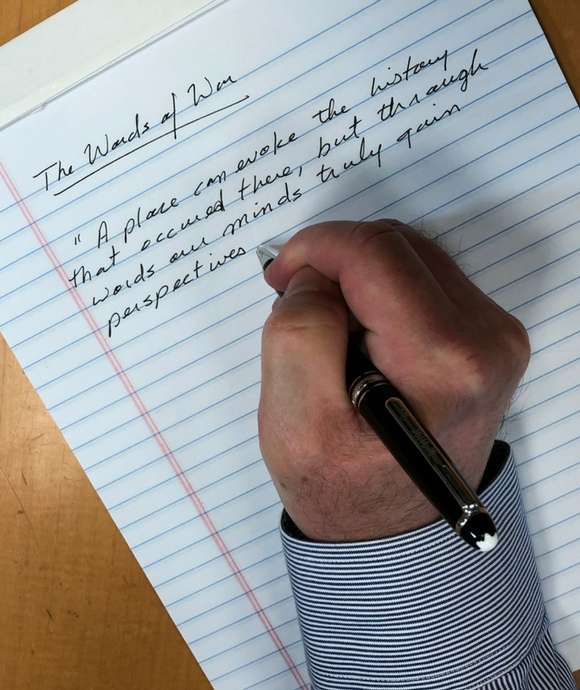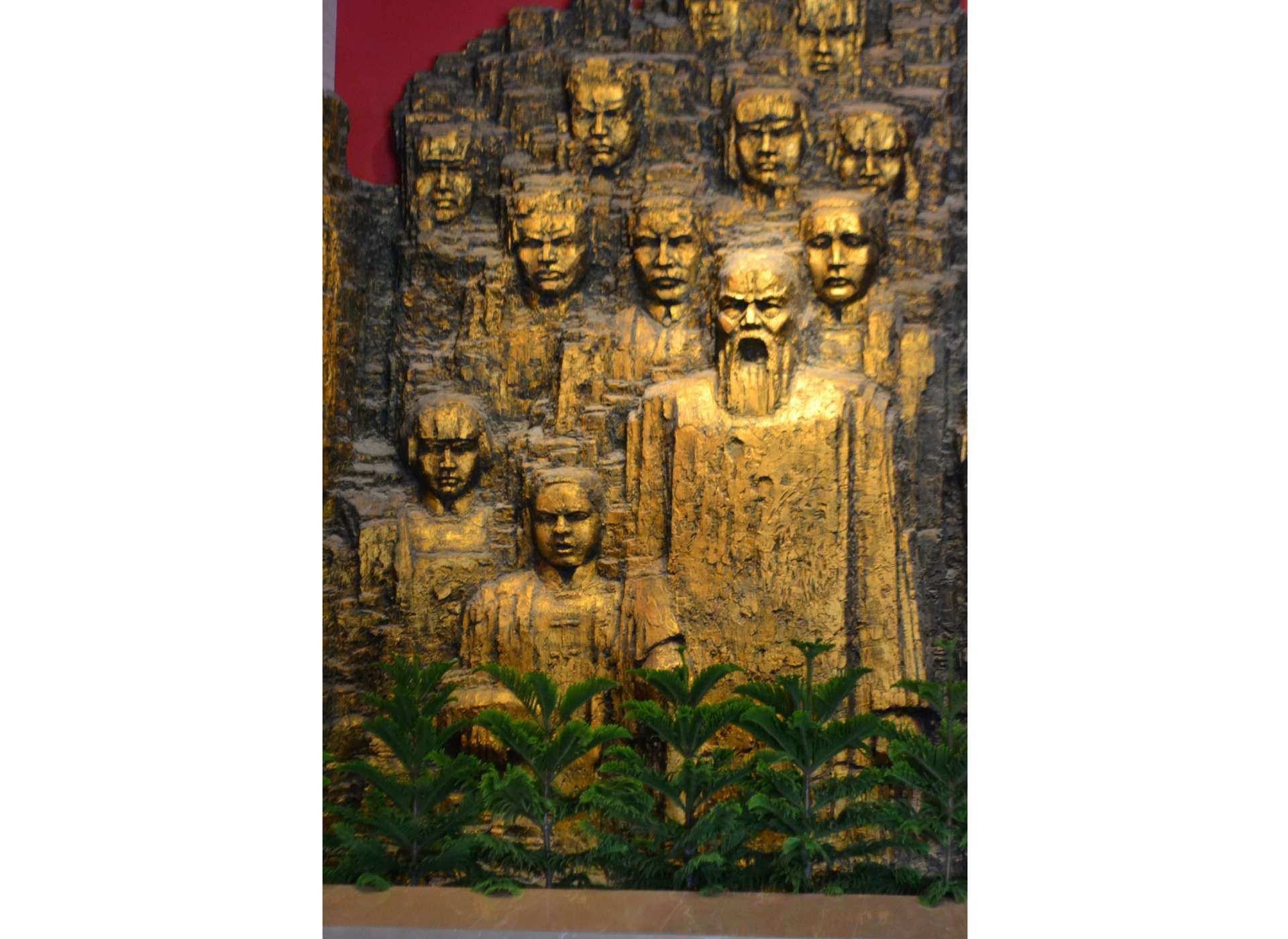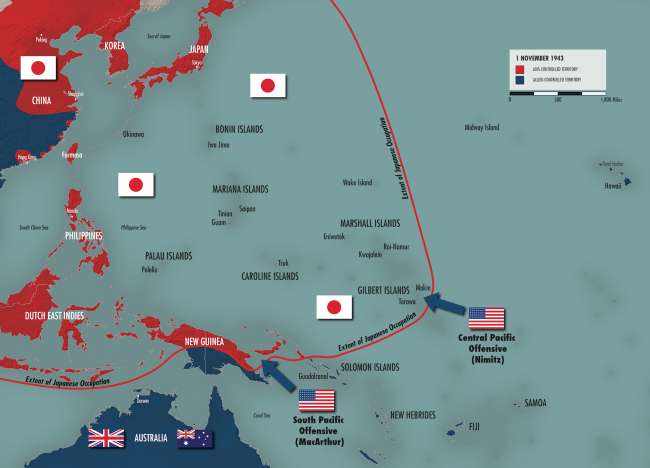One of the themes we stress in the new The Arsenal of Democracy galleries, opened this past June here at The National WWII Museum and depicting the American Home Front, is national unity. As President Franklin Delano Roosevelt stated to the nation in his radio address on December 9, 1941, only two days after the Japanese attack on Pearl Harbor left the nation reeling: “Every single man, woman, and child is a partner in the most tremendous undertaking in our American history.” The American people not only endured in the war, but emerged as the most powerful nation in the world by 1945.
It is interesting to contrast this wartime experience and legacy with China. China did not emerge from World War II a strengthened nation in the economic, military, and political terms that scholars apply in making these judgments. In fact, with the Japanese defeated, China descended back into a civil war that would not end until the Communist Party emerged victorious under Mao Zedong in 1949. But as China has rapidly ascended in military and economic power during the past few decades, the Chinese recognize their WWII history as the foundation of their modern-day rise. China may not have emerged a prosperous power from the war, but its great achievement was to endure as a nation.
I found these elements of national unity depicted in the entrance to the Museum of the Chinese People’s War of Resistance Against Japanese Aggression in Beijing. The depiction is not comprehensive, as women, children, and others not pictured here were major parts of the estimated 14 million to 20 million deaths endured by the Chinese people in World War II. But the photos presented above and below depict a unified Chinese nation of workers, peasants, and soldiers.

"No matter one’s age, travel is a unique and exciting educational experience. In my work, I have had the opportunity to reflect on history, events, and people in the places where they experienced life. Through the viewfinder, we can not only find history and perspective, but create memory, and evoke our evergreen past."
– Keith Huxen, PhD, Senior Director of Research and History, The National WWII Museum
Keith Huxen
Keith is the former Senior Director of Research and History in the Institute for the Study of War and Democracy at The National WWII Museum.
Cite this article:
MLA Citation:
APA Citation:
Chicago Style Citation:








![Max Fuchs, New York City cantor, sings as Rabbi Sydney [sic] Lefkowitz, Richmond, VA, conducts the first Jewish services from Germany.](/sites/default/files/styles/max_650x650/public/2025-10/image1.jpg)



